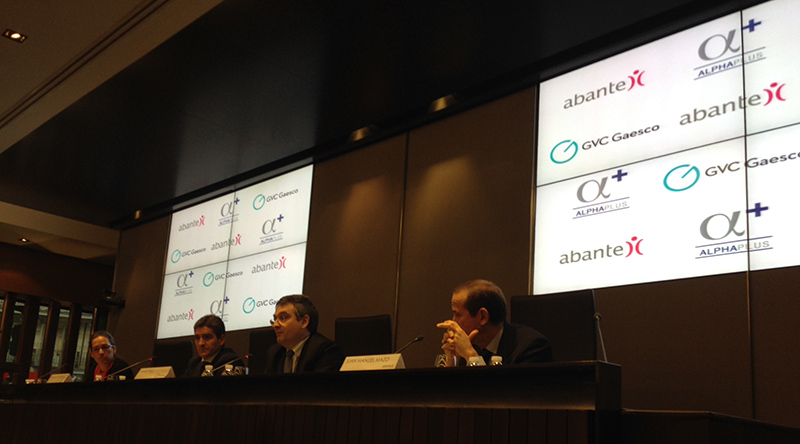Absolute return funds aim to deliver a positive return through all market cycles – but that is often where their similarities end.
Such is the variety of strategies utilised by the funds within the Investment Management Association (IMA) ‘Targeted Absolute Return’ sector that the IMA itself counsels against attempting performance comparisons across the whole sector. Undoubtedly, however, their popularity with cautious investors as a ‘core holding’ has soared in response to the volatility experienced over the last several years, with £2.2 billion in net retail sales ploughed into the sector in 2013 according to the IMA. Even for January 2014, they were reported to be the month’s top-selling sector, with net retail sales of £343 million.
Diversification and risk control are usually sought by these investors but the methods used by individual funds to achieve these objectives are many and varied. They may include a variety of ‘alternative’ assets and utilise investment techniques such as short selling, derivatives and arbitrage. Others have a relatively ‘vanilla’ approach to absolute return investing, using a straightforward long/short equity methodology devoid of complex derivative or quant strategies.
As Léopold Arminjon of Henderson’s Pan European Alpha strategy explains: “We aim to deliver a disproportionate amount of market performance given the risks we take and we are extremely sensitive to drawdowns. The strategy – to which the Pan European Alpha has been aligned since December 2012 – has delivered positive returns in 2011, 2012 and 2013”.
Source: Henderson Global Investors
There may still be trouble ahead
Many equity markets soared to record highs in 2013 and this blunted the appeal of absolute return investment in a ‘risk on’ environment. However, volatility returned early this year and the VIX index (or ‘investor fear gauge’) leapt on weakness in emerging markets, while central bank tapering and the slowing Chinese economy presage further trouble ahead. Where risk-averse investors might traditionally seek sanctuary in bonds, the effect of quantitative easing has driven down government bonds to the extent where shorter-dated bond yields offer little or no compensation for inflation. At the same time, interest in the absolute return approach is being stoked by fears that equities have had a strong rally and are due a correction.
However, the job of absolute return fund managers was made harder in recent years by macro-economic conditions, often driven by central bank interventions, resulting in a high degree of correlation between markets and asset classes. Aside from the rout of 2008, 2011 was the worst year for long/short strategies since 1994 as equity performance was volatile but driven by herd instinct rather than by stock fundamentals.
Show me the stock dispersion
The problem many managers found during that period was the lack of dispersion between single stock names due to the limited differentiation between price actions of individual equities from mid-2011 until mid-2012. Macro-economic concerns, mostly emanating from Europe, caused investor sentiment to veer between risk on and risk off, cyclicals and defensives. During this phase little attention was paid to company fundamentals, which are essential for a long/short manager’s success – fund managers cannot realistically be expected to generate alpha if their longs and shorts are all moving together and will be warmly welcoming the return to a more benign environment for long/short strategies.
With their potential to preserve capital while delivering upside with less volatility than a long-only approach, the appeal of absolute return funds will continue for a broad swathe of investors given the risks in equity markets which remain as we enter the second quarter of 2014.





 For Alicia Miguel Serrano
For Alicia Miguel Serrano